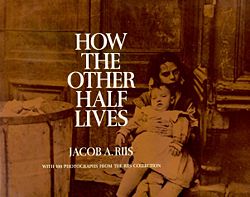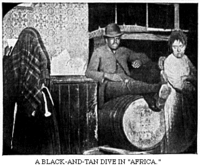| wiki | search |
Main Page | Groups and Assignments | Bios | History | Harlem | Diversity Today | Help
Colonial America | Early America | Modern America
African-Americans in the late 19th century in New York City were at the will of the despotic landlords who engaged in discriminatory housing practices. According to Riis, prior to 1889, the upper classes of African-Americans resided mainly in a small section on the West Side near 32nd street while the lower class in the “vile rookeries of Thompson Street and South Fifth Avenue,” also known as old “Africa.” After 1889, African-Americans moved from old “Africa” into Yorkville and Morrisania.
According to Riis, African-Americans usually paid higher rents, except in the case of the dilapidated tenements which no one else wanted. Even then, the landlords charged exorbitant prices and stipulated that they were not responsible for making any repairs. The higher rents were caused in combination by the desires of other immigrant groups to stay away from the African-Americans and the real estate agents who promoted housing discrimination with the principle, “once a colored house, always a colored house.”
African-Americans were for the most part, geographically isolated from other ethnic groups as they resided in old “Africa” before 1889 and in Yorkville and Morrisania after 1889. In the late 19th century, in the diverse neighborhoods there was definite tension as Riis wrote: “more than three-fourths of the business the police have with the colored people in New York arises in the black-and-tan district, now no longer fairly representative of their color.”
Click here [1] to read Jacob Riis' chapter on the color line in New York City in 1890.


